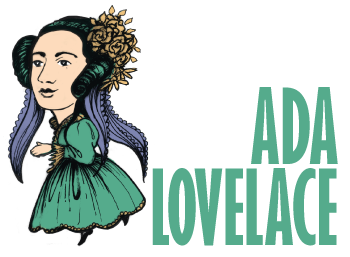When and where was she born?
Wang Zhenyi was born in 1768 in the Anhui province in China. She died in 1797 aged only twenty nine.
Fun facts
- She was good at horse riding, archery and martial arts;
- She was well known for her poetry as well as her knowledge in maths and astronomy and left thirteen volumes of poetry (using a formal style called Ci), which was unusually simple and not like ‘most women’s use of flowery words’;
- When studying the lunar eclipse, she placed a round table in a garden pavilion to represent the globe and hung a crystal lamp on a cord from the ceiling to represent the moon. On one side of the table she used a round mirror as the moon and moved them around to study astronomy. This was a new way of working for that time;
- She left a legacy about women’s education and rights.
- In 1994, crater on Venus was named after her.
What’s important about her scientific work?
She was able to describe the relationship between the lunar and solar eclipses. She explored how the equinoxes move and how to calculate their movement. She made very accurate findings and observations about the movement of the sun, moon and earth.

What do we know about her childhood?
She was very clever and really loved reading. Her grandfather, a former governor of the Xuanhua District had over 75 bookshelves and taught her astronomy. Her father studied medical science and taught her medicine, geography and maths. Her grandmother taught her poetry.
What struggles did she face?
She constantly had to prove herself as a woman and was always being judged on how her work was different than most women’s as opposed to valuing it for its own worth.
What did she achieve?
- She wrote many articles about astronomy looking at the revolving direction of the sun, moon and the planets; the relationship between the lunar and solar eclipses and the revolving direction of the sun, moon and planets and the number of stars. She carried out many experiments to prove her theories.
- She wrote a book simplifying multiplication and division to make maths easier for beginners.










